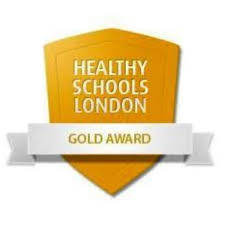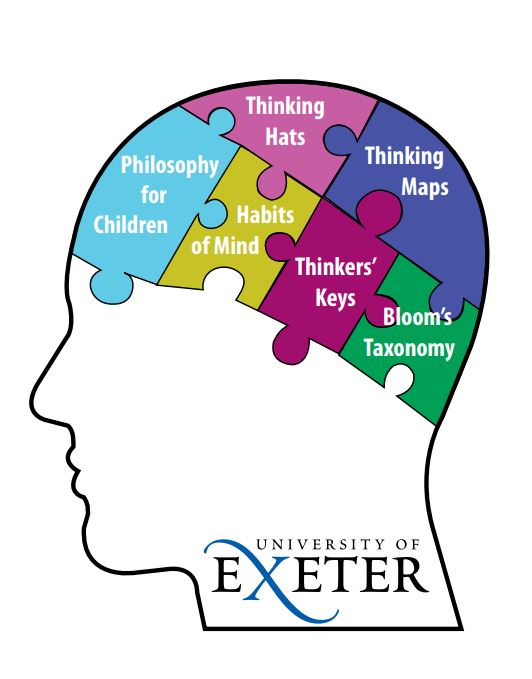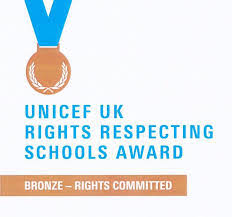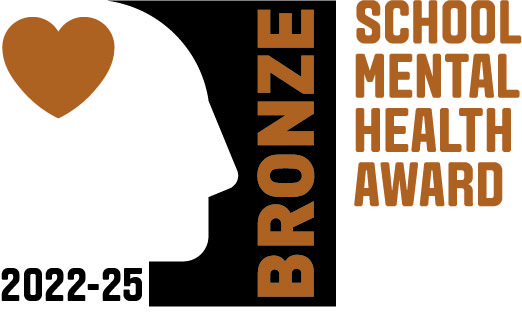Physical Development
Physical development is one of the three prime areas within the Early Years Foundation Stage (EYFS). Each prime area is divided into Early Learning Goals. For physical development, these are:
- Moving and handling skills enable children to show good control and coordination in large and small movements. Children are able to handle equipment and tools effectively, including pencils for writing.
- Health and self-care - children know the importance of good health, which includes physical exercise and a healthy diet. Children are able to manage their own basic hygiene and personal needs successfully, including dressing and going to the toilet independently.
At Hillcross we are passionate about ensuring we provide children with a range of opportunities to develop their physical development skills. Within our unit, we provide a range of activities through our continuous provision, which includes child initiated, adult initiated and adult led, which include:
Moving & Handling
- Daily opportunities for free-flow between outdoor and indoor areas to increase activity and reduce sedentary behaviour.
- Activities that support fine motor development such as threading beads, sewing cards/cloth, painting and exploring colour, mark-making of all kinds, building with Lego or small blocks, pinching, rolling and cutting dough or clay.
- Activities that develop stability – stop and start games such as statues; games such as being rabbits or snakes so that children balance their weight on different parts of the body. This includes a weekly P.E. focused session in the school gym, hall and/or studio.
- Planned activities that encourage locomotor skills – such as galloping, running, climbing, cycling, hopping, skipping.
- Opportunities to develop object-control skills, including catching, rolling and throwing skills – provide bean bags and buckets or hoops for throwing into; offer a range of balls of different weights, sizes and bounciness!
- Providing a range of resources to encourage movement and accuracy in catching and throwing.
Health & Self-Care
- Display steps for hand-washing signage clearly and refer to it and model the hand-wash sequence.
- Provide tissues at an accessible level close to an enclosed bin – display reminders about hygiene for nose-blowing and coughing.
- Use displays to show the range of foods to be eaten and to identify how different foods help growth and development.
- Grow edible plants such as strawberries, tomatoes, lettuce and potatoes and prepare and eat them in the setting.
- Encourage children to care for their teeth; talk about the things that are good for oral health and the things that people do to encourage their teeth to remain healthy.
- Use puppets, visuals and stories to model aspects of health and self-care.
- Encourage children to feel proud of achievements in health and self-care.
Physical development also encompasses the following skills:
- Fine motor skills - when a child uses precise movements using specific body parts, such as the thumb and finger, to pick objects up.
- Gross motor skills - when a child uses their whole body in a movement, such as jumping or running.
- Hand-eye coordination - when a child's hands and eyes are working together, for example, catching a ball. These skills are also used when writing.
- Mark making - this could be anything, from a baby or child making marks with their fingers and, to dipping their hands or fingers in paint, to paint a picture.
- Pincer movement - when a child uses an index finger and thumb to pick up and move objects. These skills are needed to develop an effective and comfortable pencil grip.
- Core strength -
Physical development is closely linked to a child's ability to write and mark make. Gross motor development needs to be developed initially, and then fine motor skills are developed before moving onto writing. Please see 'Early Writing & Mark Making in EYFS' for more details.
Helping at Home
The Department of Health says to aim for at least three hours of physical activity throughout the day for children in the early years. But every movement counts, and you don't need to plan extra activities, just make the most of everyday opportunities. For example, when you're changing toddlers' nappies, encourage them to lie down and get up themselves as this helps to strengthen their core muscles and to support and develop their balance and coordination.
Encouraging children to walk up and downstairs by themselves is another good opportunity (it's challenging so they may need your support). And help children learn to use alternate feet by making sure there are opportunities in your setting for them to climb. Try starting off with having large blocks for the children to crawl, walk and climb up and over and, when they're more confident, provide stilts so that they can get used to moving their feet at different times.
Different activities that you could try at home are:
Playdough Gym
For this activity, you can use playdough you already have or make your own from flour and water. Creating different shapes with the playdough helps to develop their strength as it's squeezed between different areas of their hands.
This is a mini workout for small hands and helps develop fine motor skills. To make the activity even more exciting, play music at the same time, and encourage your child to copy your movements in time to the rhythm.
Threading
Encourage your child to carefully weave the pipe cleaner through the colander in different directions. These actions reinforce spatial concepts and increase concentration, strengthen hand muscles, and improve hand-eye coordination.
Obstacle course
Make a simple obstacle course around your home using pillows, chairs, blankets, and soft toys. For smaller children, this will encourage them to crawl, climb, and create a sensory experience through exploration.
For older children, you can construct an exciting course in your garden using hoops and cones to practice running and jumping which strengthens muscles, develops balance, and improves posture.
For added fun why not try using tape on the ground to form different routes for children’s feet to follow. This will help improve their hand-eye coordination and effectively follow instructions.
Animal Walk
This activity can be done inside or outside, with your child choosing an animal and encouraging them to mimic how the animal moves. They could jump like a frog, slither like a snake, or swing their arms like an elephant’s trunk. Join in and explore different animals together.
This is a great activity if your child is getting fidgety or restless to keep them active. This is also an opportunity for them to develop in all types of movement, develop their gross motor skills, and practice their balance.
Hide and Seek
Hide and seek gives children important physical benefits. The task of finding the perfect hiding spot helps them learn how to navigate space and become more aware of their surroundings. Hide and seek is also perfect for introducing problem-solving. Children must think about the perfect hiding spot and whether they can hide for a given amount of time.







